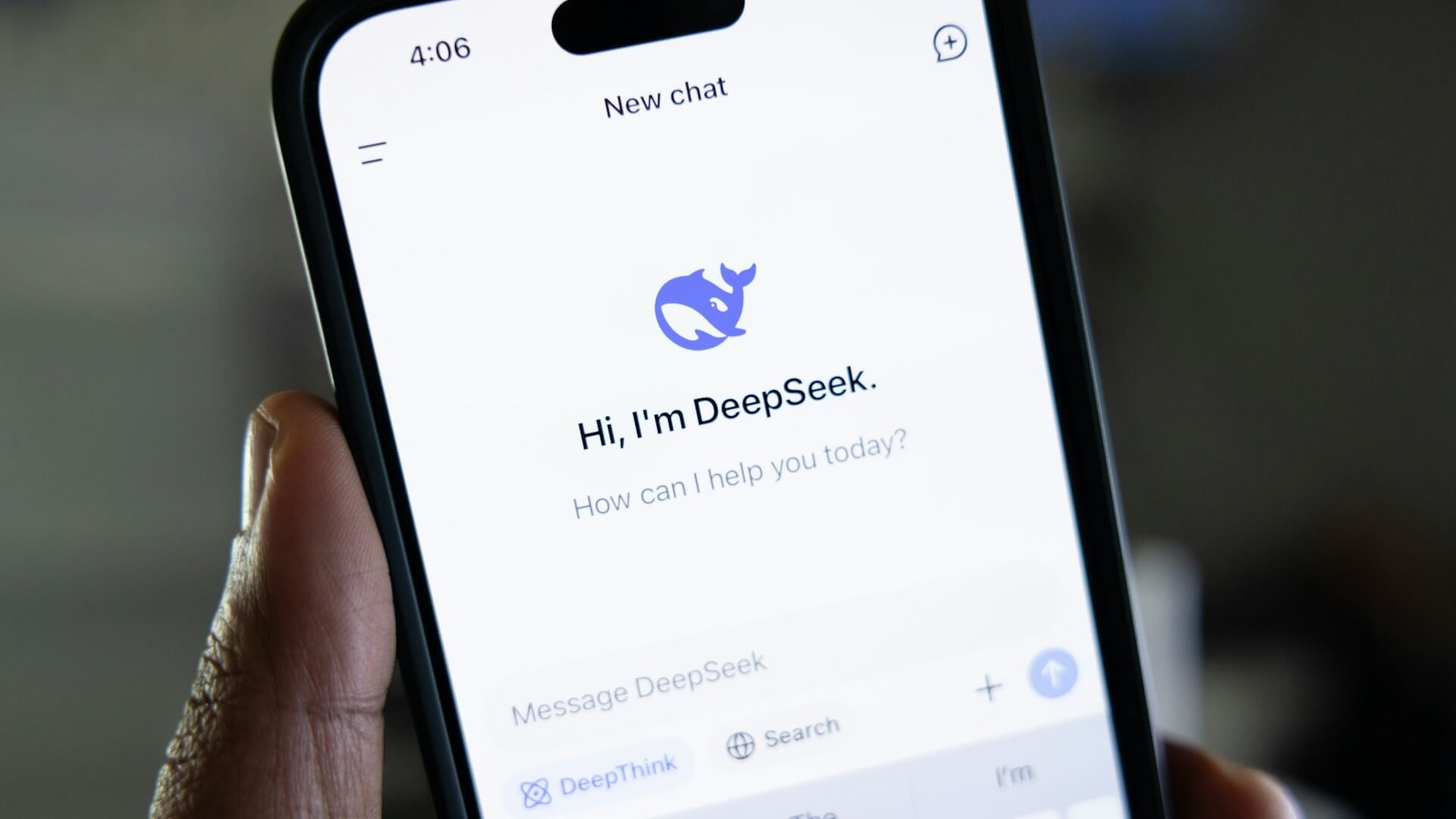Cybercriminals have once again shown their agility in adapting to the latest technological trends, with the rise of DeepSeek’s AI model providing them with a new opportunity to exploit unsuspecting users. The past few days have seen a surge in fraudulent activities aimed at taking advantage of DeepSeek’s popularity, highlighting the importance of digital security in the face of evolving threats.
One notable example of these scams involves a fake website that mimics the official DeepSeek site, enticing visitors to download the AI model. However, instead of gaining access to the legitimate software, users unwittingly download malicious executable files that can compromise their systems. This deceptive tactic underscores the need for caution when engaging with online platforms, especially those experiencing rapid growth and widespread attention.
Additionally, cybercriminals have been creating fake domains and promoting bogus DeepSeek pre-IPO shares and cryptocurrency tokens to dupe unsuspecting individuals. These fraudulent schemes are designed to extract sensitive information or financial resources from users, highlighting the potential risks associated with the unchecked proliferation of online scams.
Beyond these scams, DeepSeek has also come under scrutiny for its privacy and security practices, with reports of a large-scale cyberattack prompting the company to suspend new user signups. Moreover, a recently discovered database leak exposed sensitive information such as API keys and user data, raising concerns about the security of DeepSeek’s infrastructure.
Security researchers have also identified vulnerabilities in DeepSeek’s AI models, which could be exploited to generate malicious outputs or subvert security measures. This susceptibility to attacks underscores the need for robust cybersecurity protocols to protect against emerging threats in the rapidly evolving digital landscape.
To safeguard against DeepSeek-themed scams and malicious activities, users are advised to remain vigilant and avoid clicking on suspicious links or engaging with unsolicited messages. Implementing two-factor authentication and using multilayered security software can help mitigate the risk of unauthorized access to personal information.
Furthermore, users should exercise caution when interacting with AI models and be mindful of the data they share, particularly sensitive personal or corporate information. The importance of maintaining stringent security measures and adhering to best practices in data protection cannot be overstated, especially in light of the growing sophistication of cyber threats.
In conclusion, the rise of DeepSeek’s AI model has brought to the forefront the need for heightened digital security measures to combat evolving cyber threats. As cybercriminals continue to exploit new technologies for their malicious purposes, users must take proactive steps to protect themselves and safeguard their data in an increasingly interconnected digital landscape.


